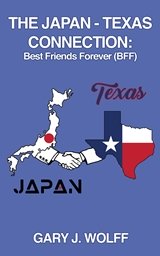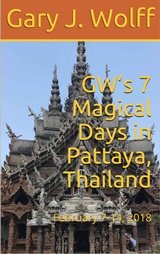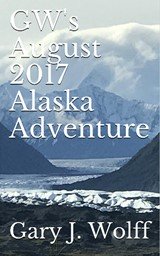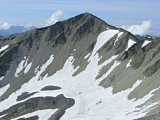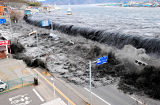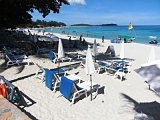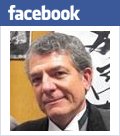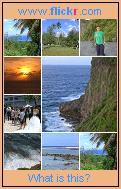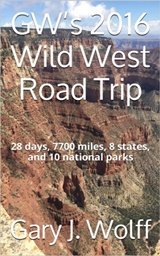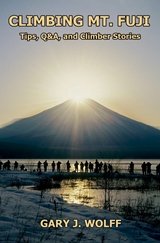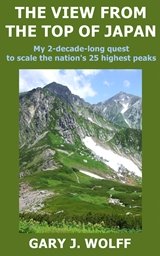American Man in Tokyo Organizes Relief Effort to
Japan Tsunami-hit
Ishinomaki, Miyagi
The following report was
prepared by an American man in Tokyo about his relief effort to
collect donations & supplies at his Saturday night fund-raising party, and then deliver them the following
day on Sun. Mar. 27, 2011 to thousands of victims in the Japan
tsunami-hit city of Ishinomaki in Miyagi Prefecture:
At last Saturday's international fund-raising party in Nishi-Shinjuku,
Tokyo, we used Y500 from each guest admission for the Tohoku tsunami
relief effort. We also collected three boxes of donated items from
guests. Paul had stayed in the kitchen Saturday night rather than come
to the party to bartend and prepared 30kg of shephard's pie
meat/vegetable mix for the trip.
We spent about Y60,000 on food, which was mostly crates of fresh
vegetables, fruits, 10 cases of canned coffee, and 20kg of ready to eat
meat including spiral hams along with other items and another Y15,000
on accessories like paper plates, bowls, chopsticks, plastic glasses,
soap, cleaning alcohol, paper towels, toilet paper, plastic bags, etc.
Early Sunday morning I drove to Maple English School in Shin-Urayasu
where the students had gathered about ten large boxes of clothes,
diapers and other supplies. With the van loaded front to back all the
way to the ceiling and riding low on the back tires from the weight, I
set out for Miyagi with a long-time friend, Ian Cunnold, who runs Maple
English School.
Our destination was Onagawa Houiku Senta (Onagawa Public Health Center)
in Onagawa, Ishinomaki City, Miyagi Prefecture, which is a small
fishing village that had been mostly destroyed by the Japan earthquake
and tsunami.
A Maple student, who was the main organizer of the school's boxes, had
a relative in that particular facility and had requested us to visit
there. Thus, it was selected among the hundred or so evacuation
facilities. Depending on their needs, we were going to unload there or
move on to another facility.
Upon arrival at about 5:00 p.m., the administrators, who did not know
we were coming, were very happy to see us and receive the supplies.
They very warmly invited us in for dinner, which was very simple but
sufficient and satisfying.
They also asked us to stay the night before returning to Tokyo. Roads
were a little bumpy and maybe lacking street lights so we were quite
happy to accept their offer. It was very cold, but we had brought
sleeping bags and managed to get some sleep. Our Plan B had been to
sleep in the van, if necessary.
At 7:30 the following morning, I was awakened by a rather rough
earthquake and another tsunami warning. It was an eerie feeling while
lying horizontal in a sleeping bag in an evacuation center on a hill
overlooking total devastation in Onagawa on one side and Ishinomaki on
the other side. Later I learned that there was a nuclear power plant
almost around the corner, but it was not the one having trouble.
Another irony occurred when I also later learned that
Onagawa/Ishinomaki was home port to some whaling ships. Driving back it
was a comforting thought that we were able to make a good impression of
foreigners with these people. Personally I'm not a big fan of whaling,
but I stop short of militantly telling people they have to stop their
livelihood. I just hope for a more moderate gradual solution to that
issue.
There were about 1,500 people in three buildings at that evacuation
facility. All things considered, the mood among the people we met was
upbeat and cheerful, but we heard that some people were starting to get
irritable as the situation would tax anyone's spirits.
One young lady we spoke with described having water rushing into her
car and barely escaping with her life. Her family was all safe, but two
of her friends were missing and two other friends had family members
missing. At one point, another lady in the office was having an
emotional break down, crying and retelling her ordeal as an
administrator held her in her arms.
About the supplies and the need for things: There was already plenty of
food, water and clothes at this shelter along with lots of cooking
equipment and several large human-size gas tanks. But the food was
mostly rice, dried and canned items. The kitchen staff was very excited
about every other box we opened. Some things were needed and others
were not needed.
They were particularly happy to see the fresh fruit and vegetables,
hams, shepherd's pie mix, orange juice, paper plates, chopsticks, etc.
while they said they had plenty of rice, canned foods and most of the
clothes they needed. We asked them to distribute the unneeded items to
the other shelters and they said they would.
My overall impression of the situation was that very basic things were
needed the first week, while at the two-week mark (when we arrived),
those things were in supply while more fresh items like fruits,
vegetables, meat, juices, milk, eggs, etc. were needed. With the roads
open and gas shortages ending, supply lines should start flowing with
no real shortage of things at the three-week mark.
Therefore, if you are thinking about sending anything by takkyuubin,
please do so only after contacting one of the honbu centers and after
confirming their specific requests. It seems that a surplus of things
is starting to accumulate and cash donations to the Red Cross might be
more useful as they can probably better manage distribution.
People were just barely starting to clean up with the removal of
debris. Probably the next several months will involve clean up followed
by the start of rebuilding this summer. Therefore, my advice to people
who want to help is to send cash donations (rather than items) to the
Japan Red Cross and specifically to their fund for cash payments for
survivors.
Volunteers will likely be needed for debris removal and rebuilding, but
please find an established group for such participation before going
down there to volunteer. I am still looking for a proper organization
that can introduce evacuees with people who can offer their apartments
as I think this would be a very effective way for individuals to help.
If anyone can recommend such a bulletin board or organization, please
let me know.
I would also like to add that I think the government deserves an A or
an A- for their handling of the tsunami relief. There was about a 50km
section of road around Fukushima that had been ripped apart in 30 or 40
places with quick spot paving done, which were minor speed bumps.
The fast repair of these roads was short of a miracle. Gasoline was
supplied and available on the highway with only moderate lines and in
the tsunami area albeit with longer lines. The police and self-defense
forces were everywhere and blocking people without proper business from
entering. Without any documentation, the police gave us a permit and
let us enter after we said we were bringing supplies.
There was no bureaucratic interference at all. There was no highway
charge for the Tokyo to Sanriku trip when we exited the highway. On the
way back we showed our permit from the police and again there was no
highway charge. This was a very pleasant surprise as we had spent
considerably more on the food than the money we collected.
Please note that these are personal observations from the area we
visited and the Onagawa shelter complex. The actual situation in
different areas may vary.
There were four or five people who contributed extra money and a lot of
supplies, which helped make the delivery possible. It really was a
group effort with a lot of people coming together. The needs up north
are massive, and our delivery on Sunday was only a drop in the bucket.
But there tens of millions of people in Japan who are doing things and
hundreds of millions, including overseas assistance. With everyone
doing a little, it will surely add up to make a big difference and help
the people in Tohoku recover.
I know there are so many people out there who want to do something to
help. I hope these personal first hand observations will help people in
better directing their donations and assistance.
Sincerely,
John Perry
|
|
